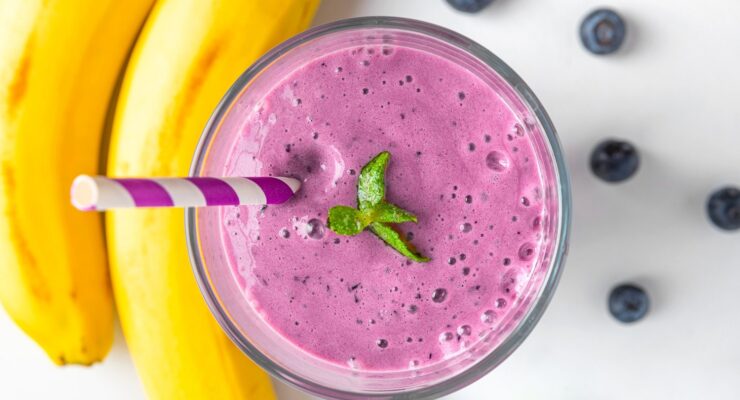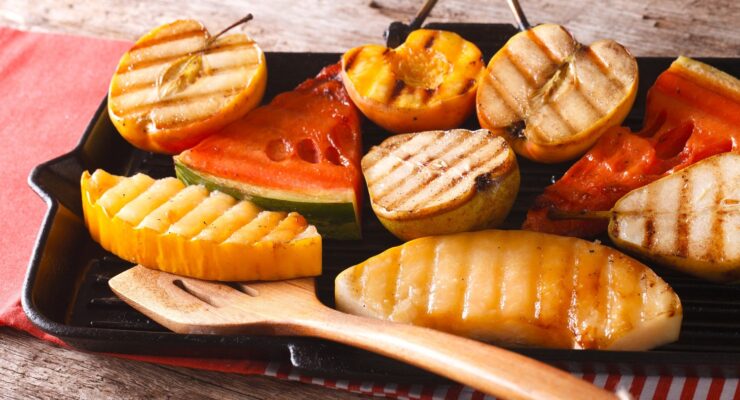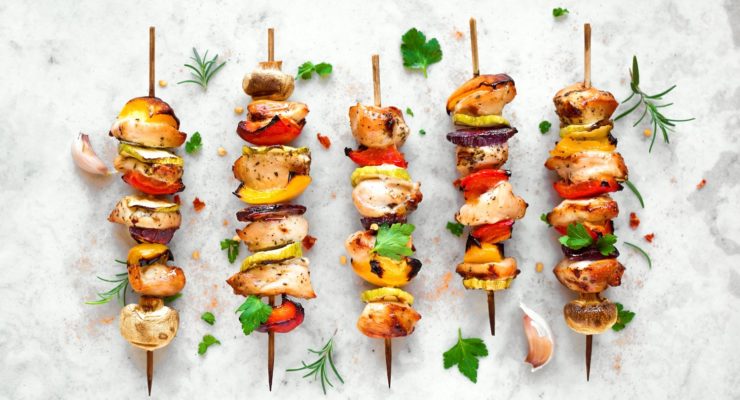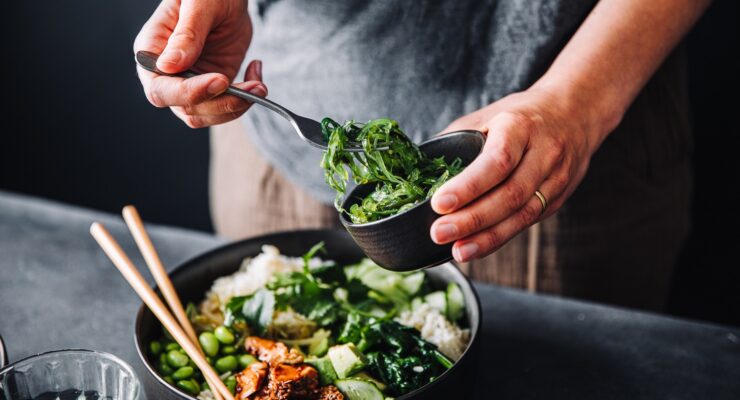5 Foods for Better Bones
Article posted in: Diet & Nutrition
206. That’s how many bones we have in our adult bodies–we’re born with about 300, but they change and fuse as we mature. While our skeletons are the most solid parts of our bodies, the bones are continuously renewed throughout our lives. Up until we are about 40 years old, our bodies make new bone faster than the old breaks down, so our bone mass steadily increases. After that, we lose slightly more mass than we gain and, as a result, our bones become gradually thinner and weaker as we age, increasing the risk of falls, fractures and disabilities.
More than 53 million people in the U.S. today either already have osteoporosis, a condition that results from weak or brittle bones, or are at high risk due to low bone mass, according to the National Institutes of Health. Older women are particularly vulnerable to declining bone mass, due to changing levels of estrogen, but it affects younger women and men, too. People who are very thin, have a family history of osteoporosis, or take certain medications (check with your doctor) are more likely to suffer from debilitating bone loss.
Good news: No matter what your risk factors, you can make choices every day that help sustain healthy bones. Better news: Every step you take to support your skeleton leads you further on the path to your weight loss goal, too.
Calcium is the most critical nutrient for building bones–it also plays a central role in keeping your metabolism active. Now, if you need another reason not to use tobacco, be aware that it leaches calcium from your body. Likewise, excessive alcohol inhibits your body’s ability to absorb calcium from your food (and it adds excessive calories to your diet).
Simply standing, and even better walking, puts weight on your bones, which activates your body’s rebuilding effort, so you’re adding mass while burning calories. Even better, take a walk outside. Your body uses vitamin D to convert calcium into the raw material of bones. The best source for the nutrient is sunshine–just 15 minutes a day is enough for your body to produce all the vitamin D you need. Egg yolks, tuna and fortified milk are food sources of vitamin D.
You also want to be sure to get plenty of calcium in your diet. The RDA for calcium is 1,000 milligrams for all adults until age 50, increasing to 1,200 milligrams a day for women after age 50 and for men after age 70. There are many kinds of calcium supplements you can take, but food is the best way to absorb (and enjoy) this essential mineral. These five healthful foods are loaded with calcium, along with other key nutrients:
DAIRY PRODUCTS
Calcium content: 306 milligrams in 1 cup of milk, 187 milligrams in 1 container (about 1 cup) of yogurt
Nutrisystem category: PowerFuels
Try: Go with non-fat options for the fewest amount of calories.
SARDINES
Calcium content: 325 milligrams in a 3-ounce serving
Nutrisystem category: PowerFuels
Try: Choose cans with the fish’s soft, edible (calcium-rich) bones included.
ALMONDS
Calcium content: 183 milligrams in a half-cup serving
Nutrisystem category: PowerFuels
Try: Skip the salt and punch up the nuts’ flavor with cayenne pepper or cinnamon.
SPINACH
Calcium content: 90 milligrams in 1 cup
Nutrisystem category: Vegetables
Try: Replace lettuce on sandwiches with the more nutritious green.
FIGS
Calcium content: 55 milligrams in 1/4 cup dried
Nutrisystem category: SmartCarbs
Try: Soak dried figs in water, then add them to smoothies for a boost of natural sweetness.
*Always speak to your doctor if you have any questions or concerns about bone health and before making any changes to your diet.









